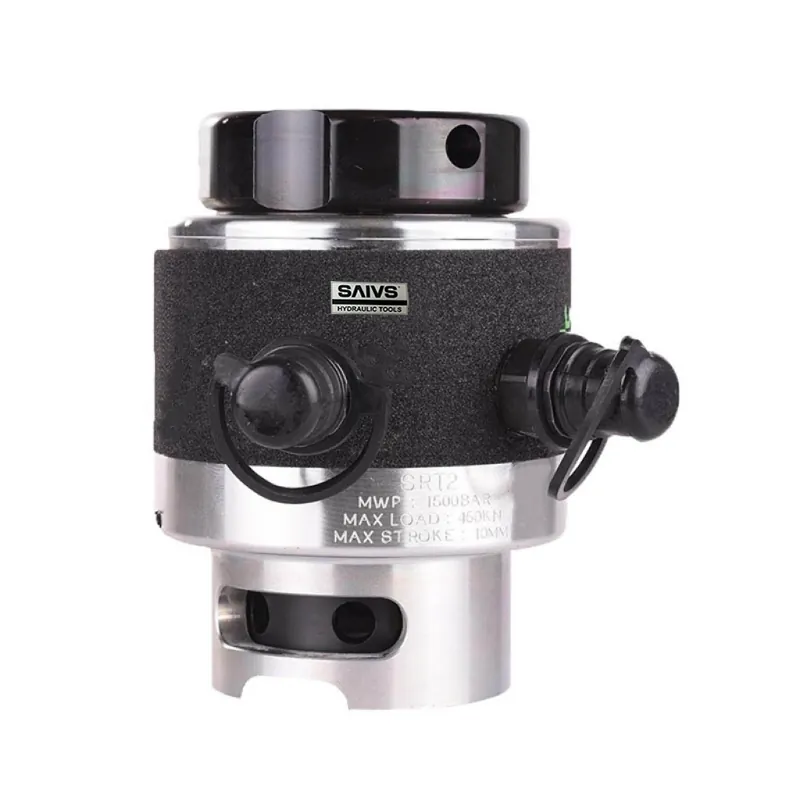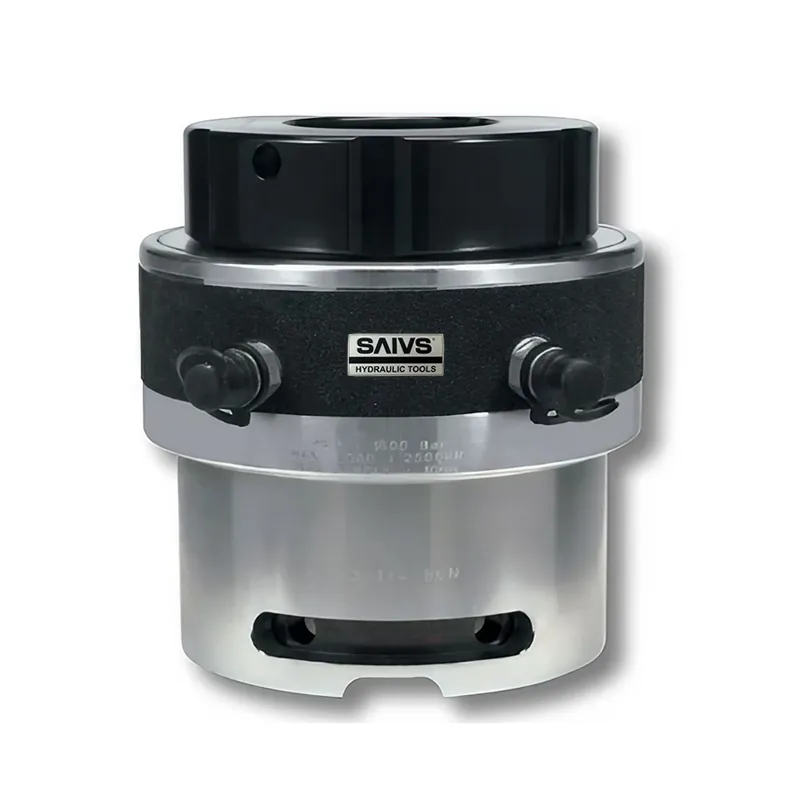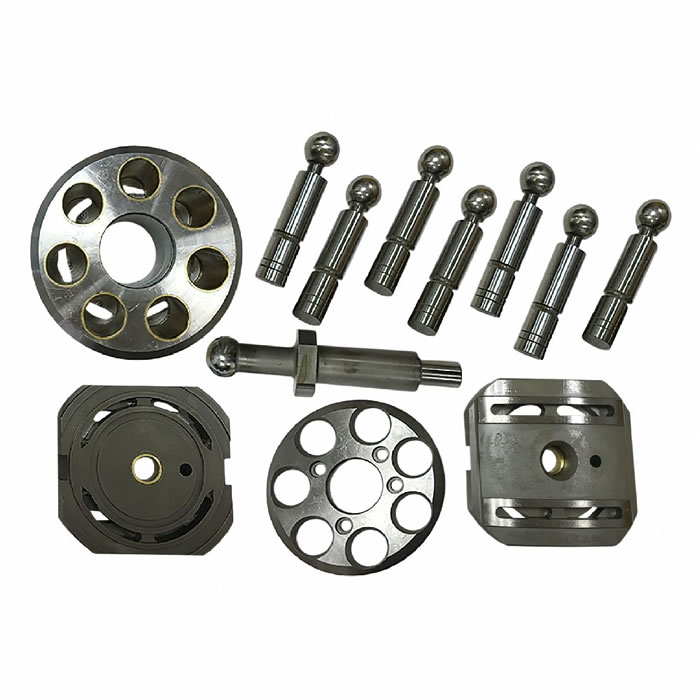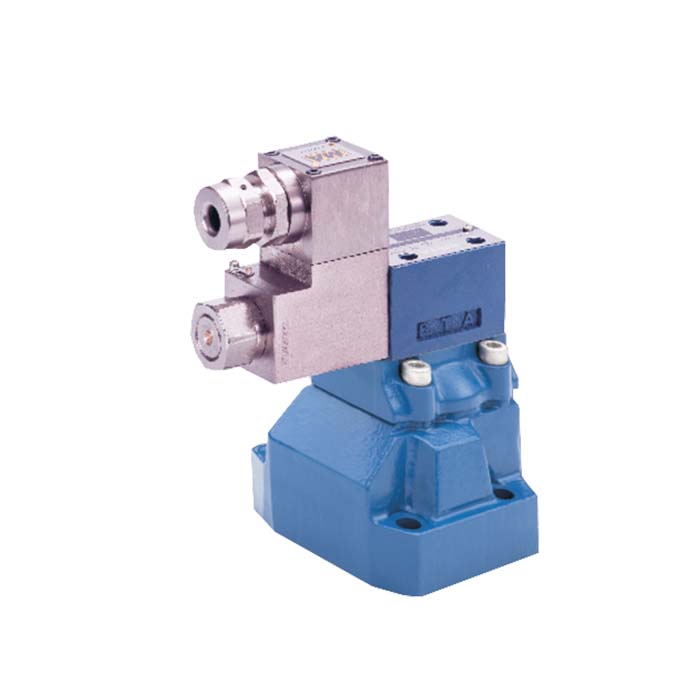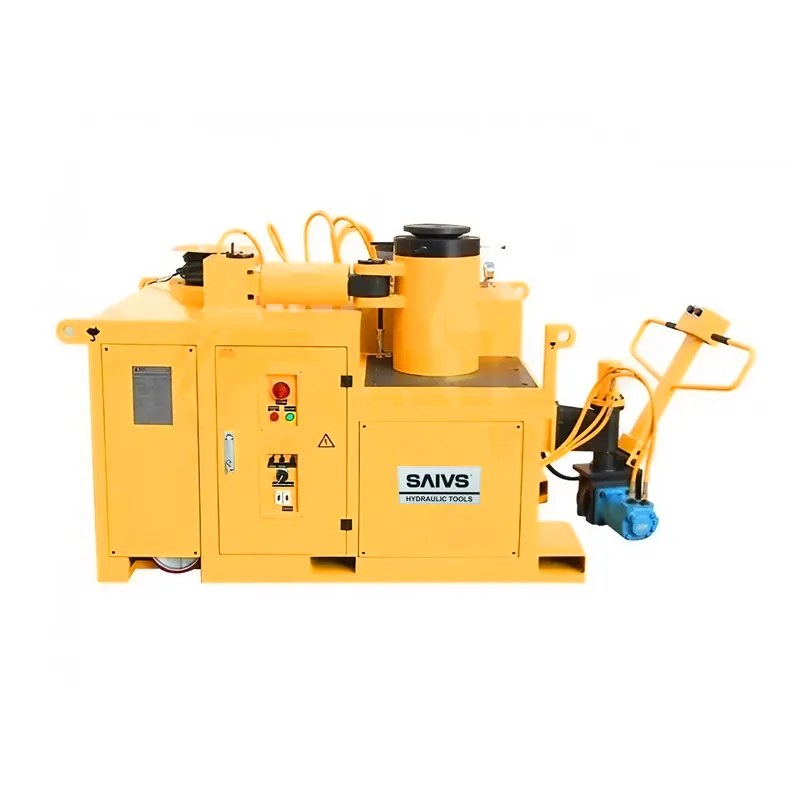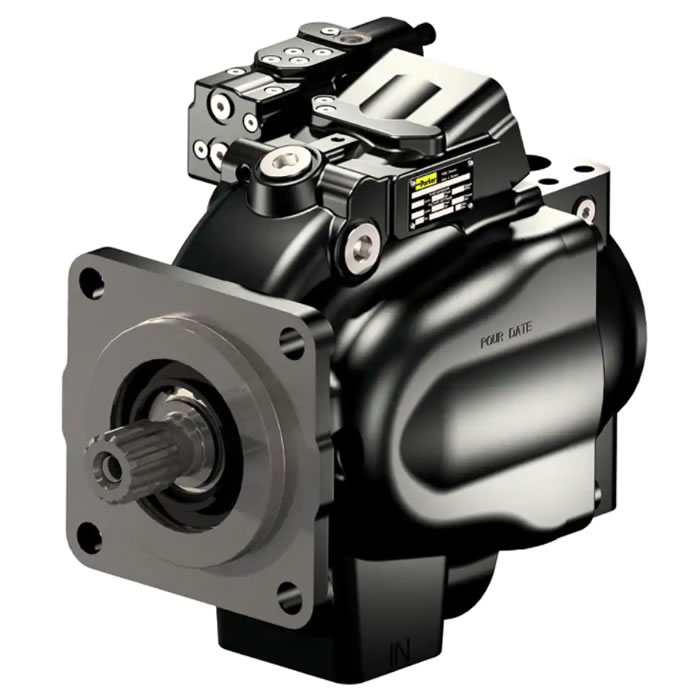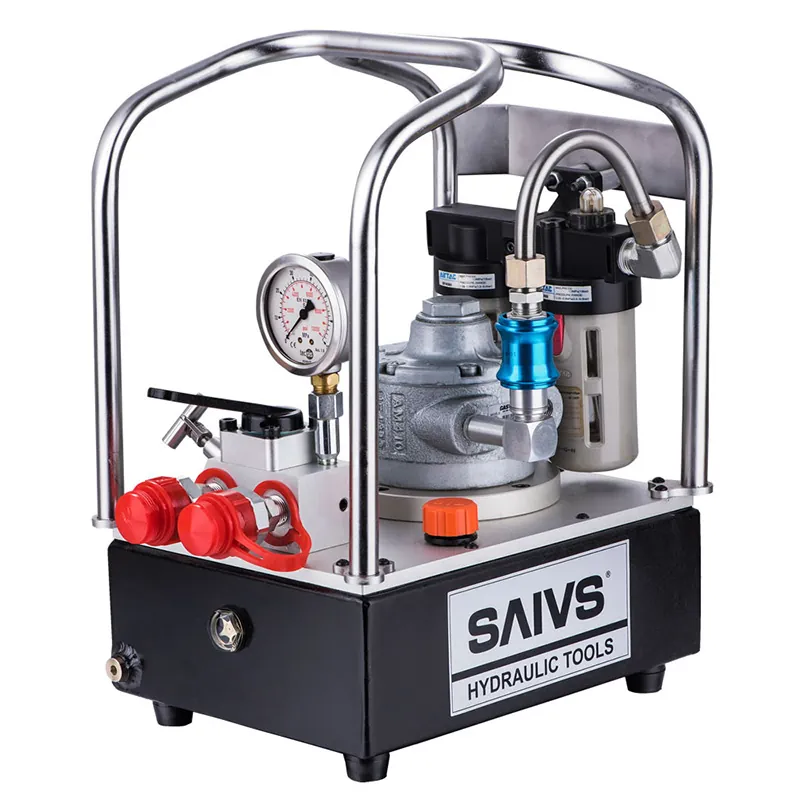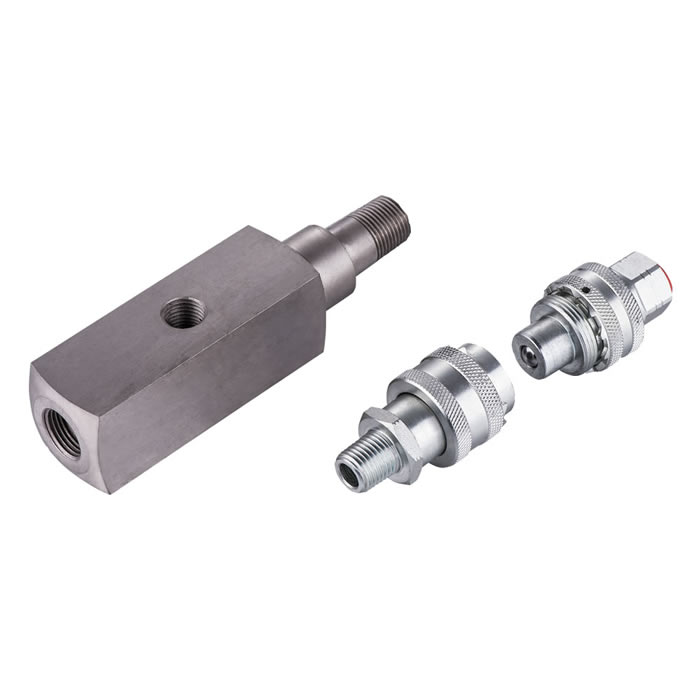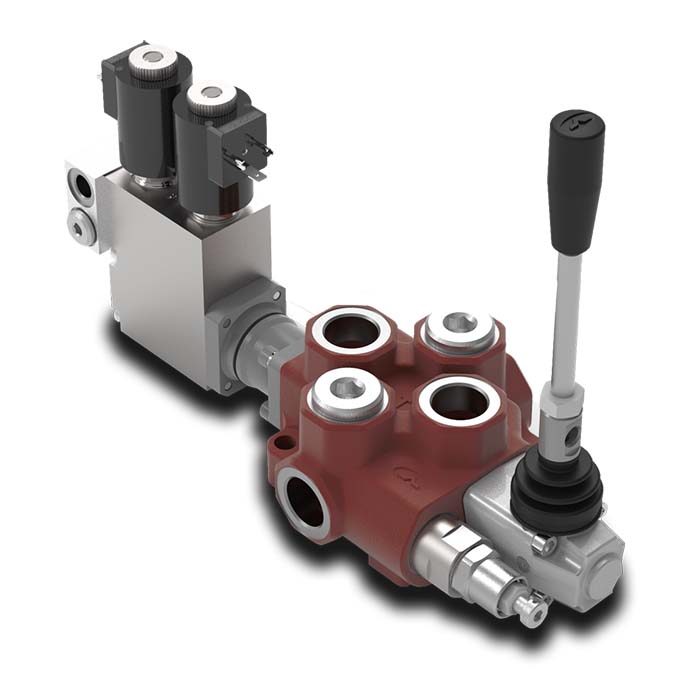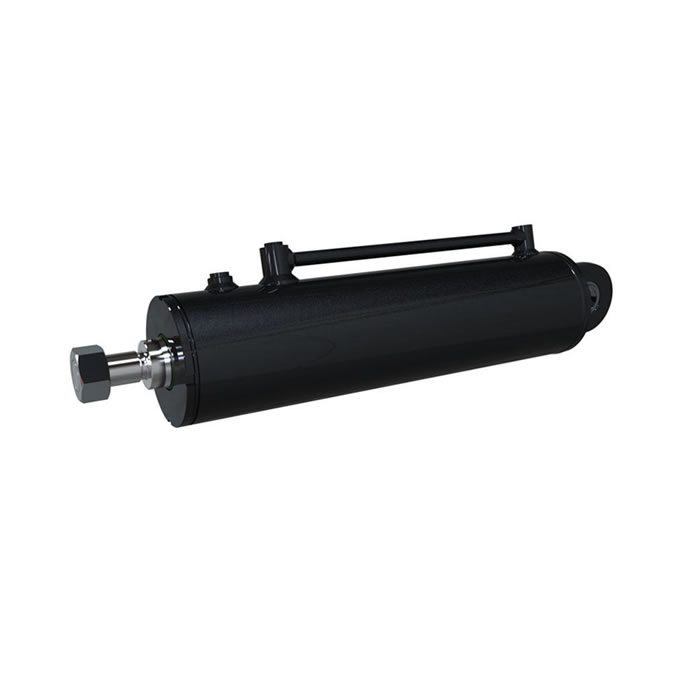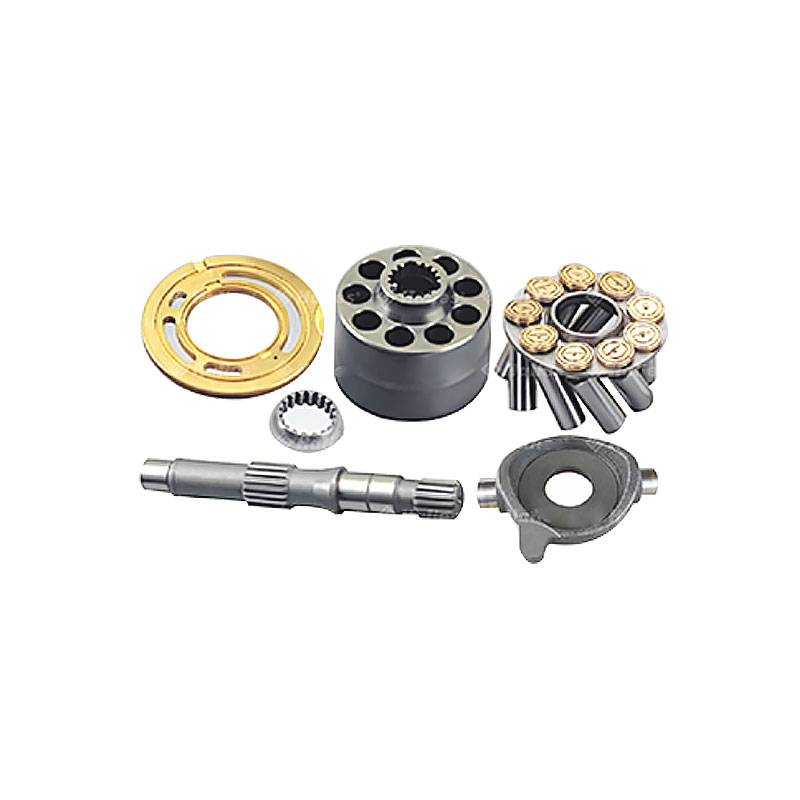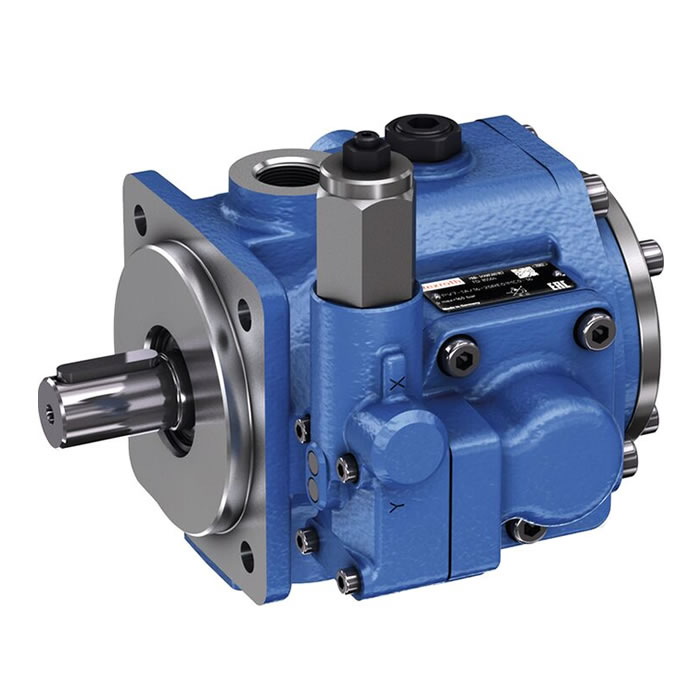What is the difference between spring and manual return tensioner
Introduction
Tensioners are essential devices in various industrial applications, used to apply a controlled force to a bolt or similar component to ensure proper tension and secure fastening. Among the different types of tensioners, the spring return tensioner and the manual return tensioner are widely used. Understanding the differences between these two can help in selecting the right tool for specific tasks, enhancing efficiency and safety in operations.
Spring Return Tensioner
Mechanism and Functionality:
A spring return tensioner utilizes a spring mechanism to automatically return to its original position after the tensioning process is completed. The spring stores energy during the tensioning phase and releases it to return the tensioner to its default position.
Advantages:
Efficiency: The automatic return function reduces the time required to reset the tool, making it ideal for repetitive tasks.
Ease of Use: Minimal manual intervention is required, reducing operator fatigue and improving overall productivity.
Consistency: Provides consistent performance with uniform tensioning and returning, which is crucial in applications where precision is critical.
Applications:
Spring return tensioners are commonly used in assembly lines, automotive manufacturing, and other industrial settings where repetitive tensioning operations are frequent.
Manual Return Tensioner
Mechanism and Functionality:
A manual return tensioner, on the other hand, requires the operator to manually reset the tool to its original position after each tensioning operation. This type of tensioner relies on human intervention for its resetting process.
Advantages:
Control: Offers greater control over the tensioning process, allowing for adjustments and fine-tuning as needed.
Versatility: Can be used in a variety of applications, especially where automatic return mechanisms may not be suitable.
Cost-Effective: Generally less expensive than spring return tensioners, making them accessible for smaller operations or budget-conscious projects.
Applications:
Manual return tensioners are often found in maintenance, repair operations, and industries where the frequency of tensioning is lower or where precision manual control is required.
Key Differences
Return Mechanism: The primary difference lies in the return mechanism—spring return tensioners use an automatic spring mechanism, whereas manual return tensioners rely on manual intervention.
Efficiency and Speed: Spring return tensioners are faster and more efficient for repetitive tasks due to their automatic resetting, while manual return tensioners may slow down operations but offer more control.
Ease of Use: Spring return tensioners are generally easier to use and reduce operator fatigue, whereas manual return tensioners require more effort and attention from the operator.
Cost: Spring return tensioners are typically more expensive due to their complexity and automatic features, while manual return tensioners are more budget-friendly.
| Feature | Spring Return Tensioner | Manual Return Tensioner |
| Piston retraction | Automatic (spring-powered) | Manual |
| Efficiency | Higher | Lower |
| Operator fatigue | Less | More |
| Safety | Generally higher | Generally lower |
Conclusion
Choosing between a spring return tensioner and a manual return tensioner depends on the specific needs of the operation. For repetitive tasks requiring speed and efficiency, a spring return tensioner is ideal. However, for tasks requiring precision and control, or where budget constraints are a consideration, a manual return tensioner may be more appropriate. Understanding these differences ensures the right tool is selected, improving productivity and safety in industrial applications.

